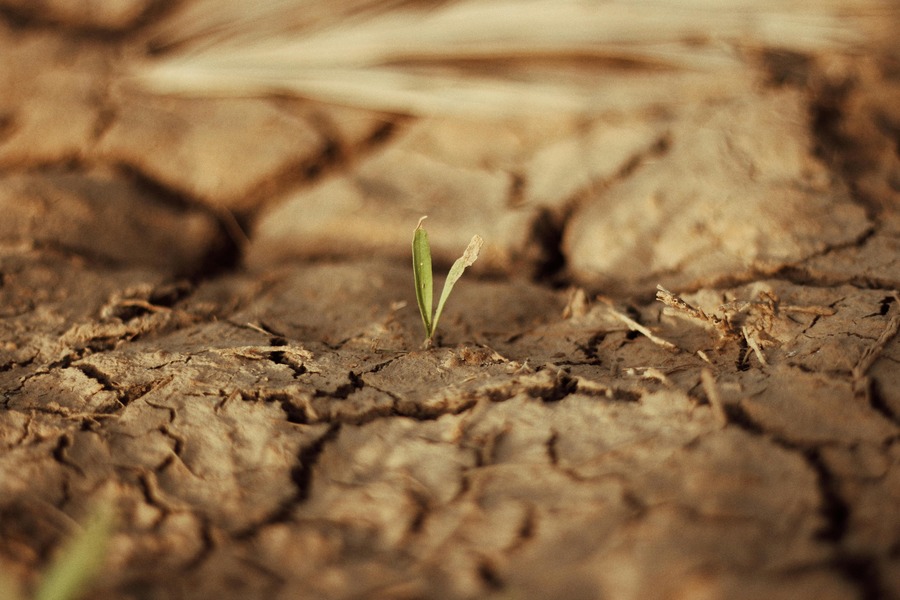
The UK has faced a prolonged spring drought in 2025. According to data from Paul-Tech’s soil sensors, dry conditions began in many fields as early as mid-March. Crops experienced extended periods of drought and heat stress, which slowed the breakdown of nutrients in the soil and limited their uptake by plants
Where rainfall arrived at the end of May, it became clear just how dry the soils had been – moisture levels rose briefly but quickly dropped back to drought status. Much of the water failed to reach the deeper soil layers.

The late May rain also triggered a spike in nutrient levels. This shows that nutrient uptake had been heavily suppressed during the dry spell – the nutrients were present in the soil but in forms unavailable to the crop. When nutrients become available at an unsuitable time, they may trigger late tillering in cereals and secondary flowering in winter oilseed rape, leading to reduced yield and compromised crop quality.
Those farmers who can afford it have turned to irrigation to help soften the impact. Paul-Tech’s soil stations support these efforts by delivering real-time data on soil moisture, enabling farmers to irrigate more precisely and only when truly needed.
Paul-Tech’s soil sensors are actively used across the UK – 160 stations have been installed so far, continuously collecting data on soil moisture, nutrient levels, temperature, and other field conditions. These insights help farmers understand how weather affects soil processes and make more informed decisions about when to irrigate and apply fertilisers.